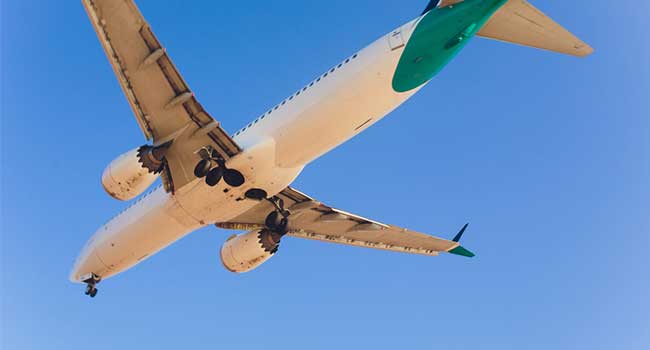
Airlines Are The Next Big Targets For Cybercrime
No one really knows why airlines have become a target as of late but with the rate of attacks this high, something is definitely going on.
- By Matthew Walker-Jones
- Apr 08, 2019
Not too long ago cybercriminals operated within fairly predictable parameters by targeting large corporations with ransomware. Alongside this, ‘petty’ cybercriminals targeted smaller organisations and individuals for not much more than pure disruption. In recent years, however, cyber-attacks have grown more chaotic with the range of targets growing to movie studios, governments, universities, and airlines – objectives of these attacks are widening too. Airlines are suffering hugely, with the number of attacks in 2017 and 2018 increasing by a staggering 15,000%.
Oddly, no one really knows why airlines have become a target as of late but with the rate of attacks this high, something is definitely going on. An infographic by Sungard AS, provider of IT production and recovery services, shows that the frequency of attacks is steadily increasing. Taking stock of all airline outages form 2007 to present day, Sungard found that 2015 suffered a total of 11 outages and 2018 saw 10 outages disrupt air travel. This year alone has already seen 3 outages, with many more predicted in the months ahead.
Southwest Airlines suffered an outage that grounded flights all across the US, causing disruptions to passengers though it was fairly short lived. Still, a disruption of any length disturbs operations and negatively impacts brand image. Consumers, especially ones in high-stress situations like air travel, are always going to blame the airline if their flight is grounded, even if the issue was truly unexpected.
So, what might be behind these continued outages? Some seem to be caused by what is known in the industry as Distributed Denial of Service (DDoS) attacks, where a host connected to the Internet is disrupted. There’s an immediacy to airline disruptions that cybercriminals are likely to appreciate as flights are grounded, passengers are left frustrated, and it all has a knock-on effect on service, even if the outage was short-lived.
The outages aren’t always so large-scale. In some instances, DDoS attacks take on subtler forms by making the booking process and airline site loading time sluggish, leading to failed transactions, which all translates to needless expenditure of resources.
Hackers’ motivations are difficult to diagnose when it comes to targeting airlines as they’re always some combination of extortion, competition, and even plain ‘because why not-ism’. One thing is clear, airlines are continually targeted because they’re so reliant on computer networks. Netscout compared the size of the attacks finding that in 2018 the maximum-recorded size of an attack reached 245 Gbps (billions of bits per second, a measure of internet bandwidth) - in 2016, the maximum attack size was 124 Gbps. The increase can only be categorised as severe, with more on the horizon.
Companies big and small must start to take their cyber security seriously as there’s no sign of the cybercrime rates going down. Predictions for the year ahead and beyond are sure that it’s only going to get worse with cybercriminals no longer being motivated by money alone – political unrest and pure disruption for disruption’s sake are as favourable of outcomes as cash payments.
About the Author
Matthew Walker-Jones specialises in informative content covering topics such as data driven marketing, online data protection, data recovery and cyber security.